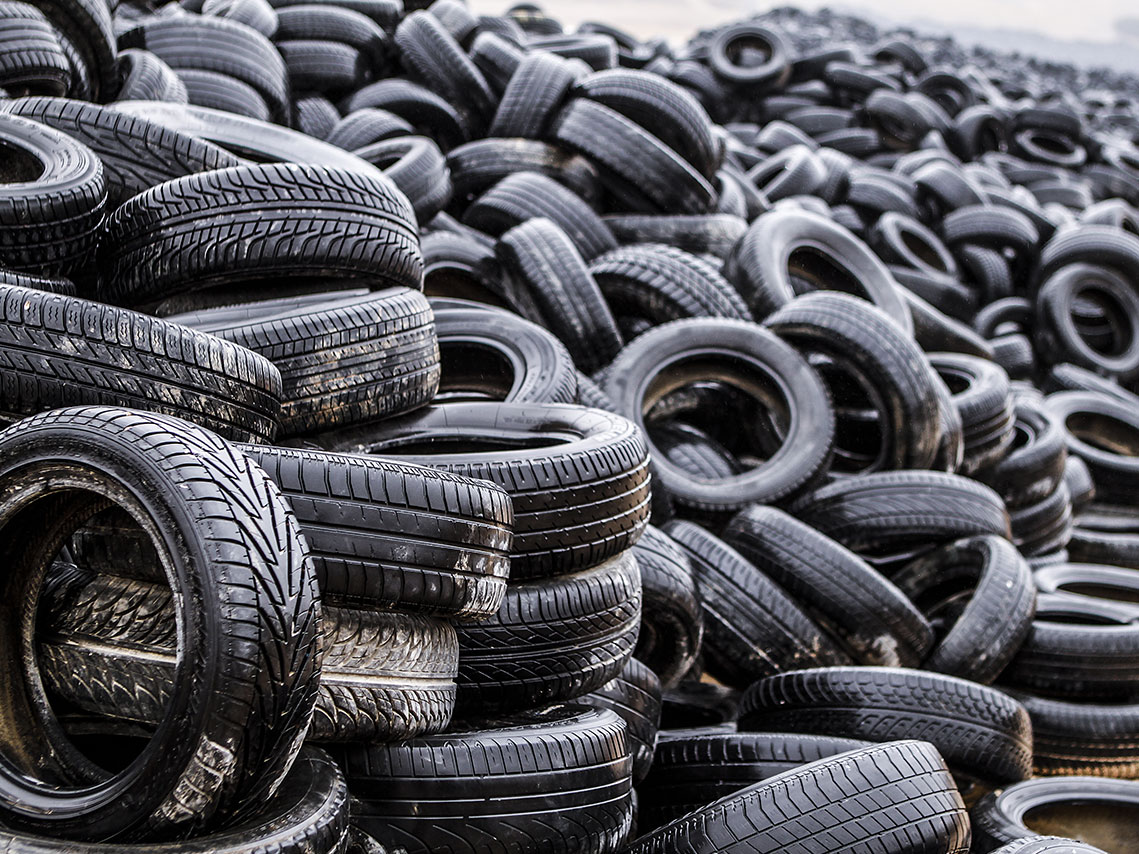Pyrolysis is a method of gasification that turns waste into energy-rich fuels by heating the waste under controlled conditions.
The process occurs in the absence of oxygen. In general, pyrolysis of carbon-based materials produces gas and liquid products. It then leaves a solid residue richer in carbon content. The solid residue from the pyrolysis process is referred to as char.
Heat transmission is a critical area in the pyrolysis process.
The pyrolysis process requires heat absorption. Therefore, sufficient heat transfer must be provided to meet process heat needs. Pyrolysis can be performed at relatively small scales and at remote locations. This is done to enhance energy density of the biomass resource and reduce transportation and management costs.
Yet the process offers a flexible and attractive method of converting solid biomass into an easily stored and transportable liquid. Biomass pyrolysis produces biochar and bio-oil. It also produces gasses such as methane, hydrogen, carbon monoxide, and carbon dioxide.
The efficiency of the pyrolysis process depends on the moisture content of raw materials needed to fuel the machine. Typically, this should be around 10%. So high moisture content produces high levels of water. But at lower levels, the process produces dust instead of oil.
There are 2 categories of the Pyrolysis process – slow pyrolysis or fast pyrolysis
Fast pyrolysis is currently the most widely used pyrolysis system. Slow pyrolysis takes several hours to complete and results in biochar/charcoal as the main product. On the other hand, fast pyrolysis produces 60% bio-oil and takes seconds for complete pyrolysis.
So the first chemical reaction that occurs in the burning of many solid organic fuels is pyrolysis. These organic fuels include wood, cloth, paper, and some kinds of plastic. In a wood fire, the visible flame is a result of gasses released by pyrolysis not the burning of wood.
Pyrolysis occurs when food is exposed to high temperatures in dry environments – roasting, baking, or grilling. It is interesting to know that pyrolysis is the chemical process responsible for the formation of golden-brown crust in food.
Also, in normal cooking, the main food components that undergo pyrolysis are carbohydrates (including sugar, starch, and fiber) and proteins.
In pyrolysis, it is easier to recover more value from waste, but it requires higher capital and higher operational costs.
There are some countries involved in the process of pyrolysis and these include India, Russia, China, Spain, USA, Norway, Australia.
http://www.altenergymag.com/content.php?issue_number=09.02.01&article=pyrolysis
https://en.wikipedia.org/wiki/Pyrolysis

